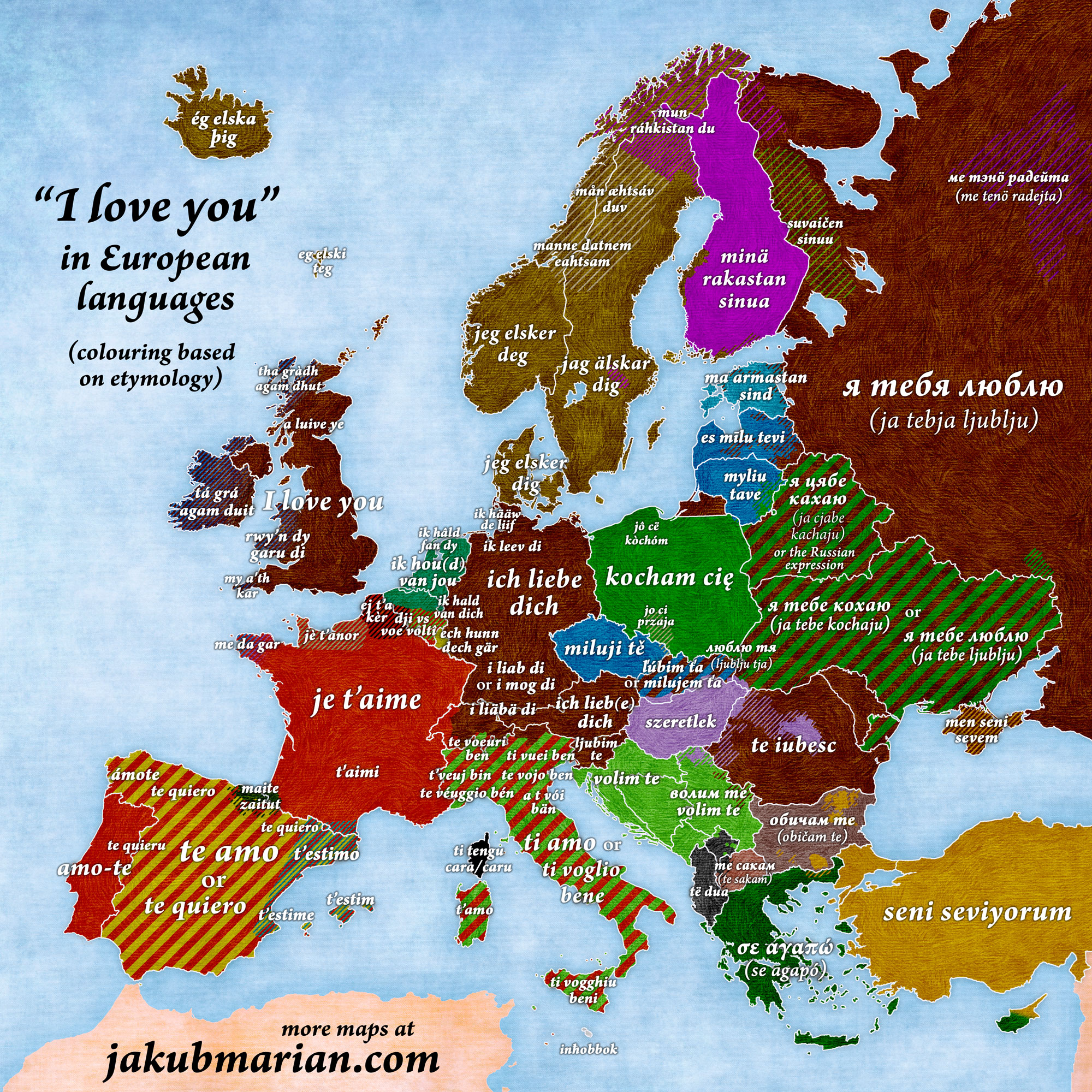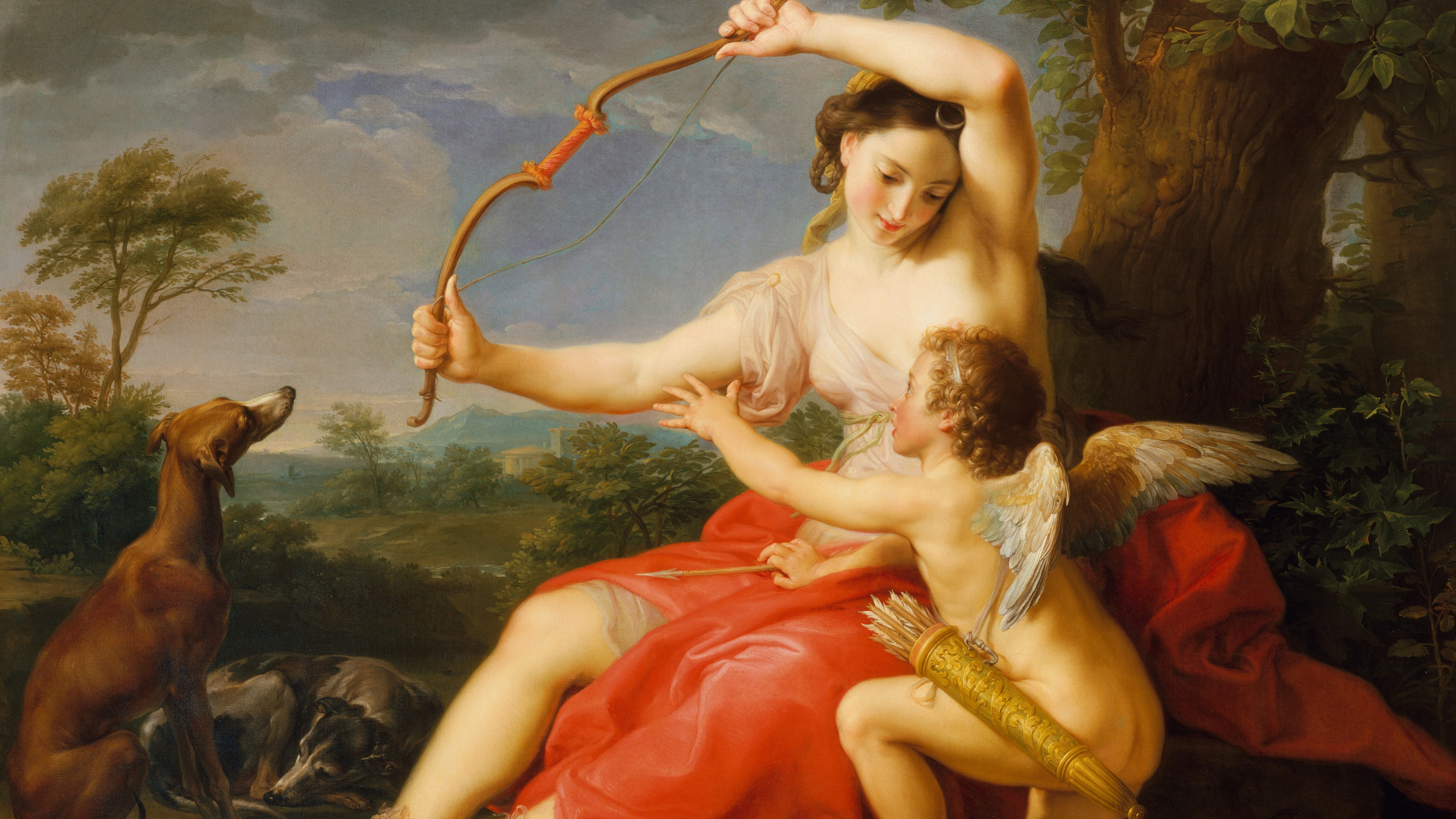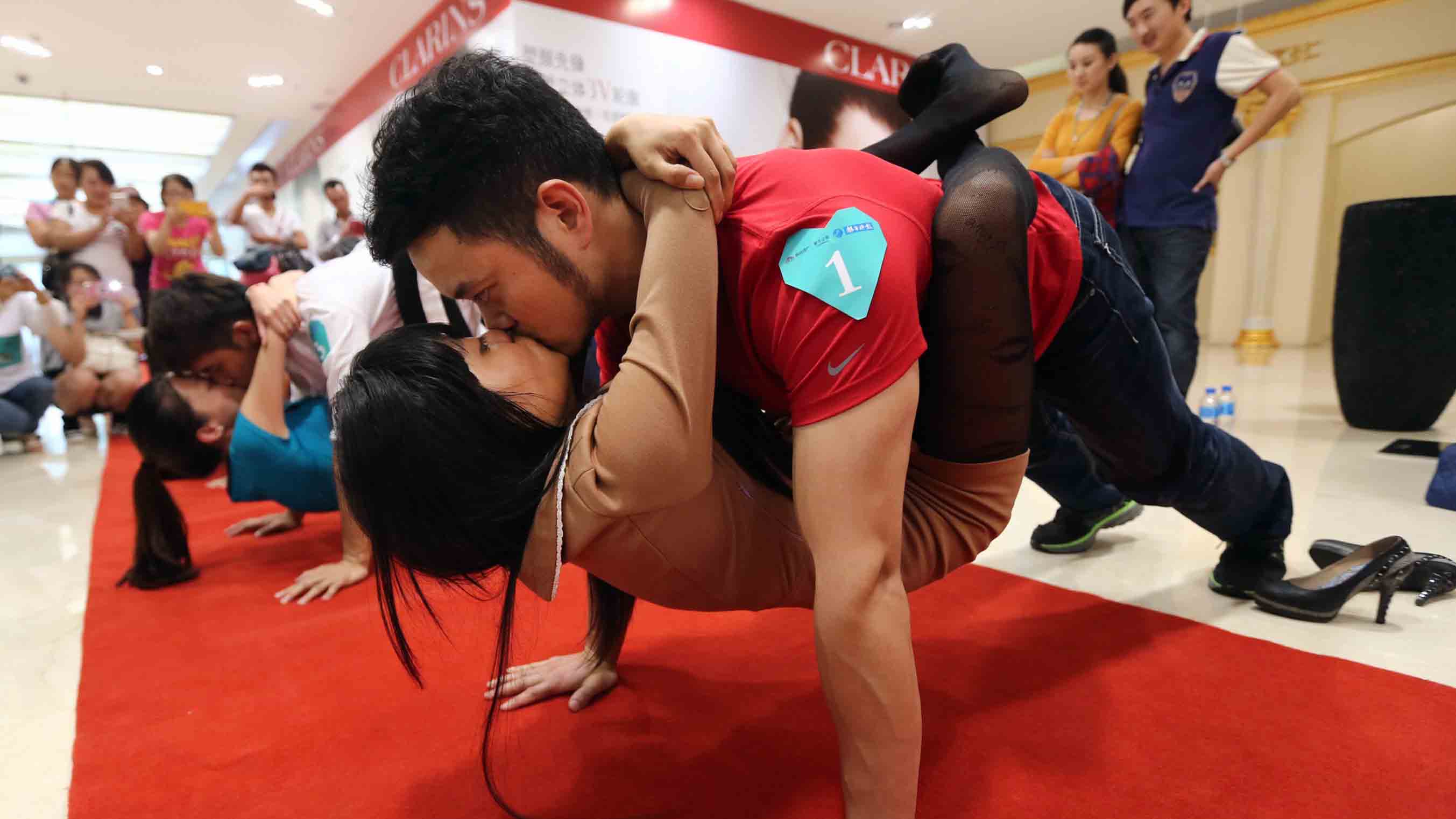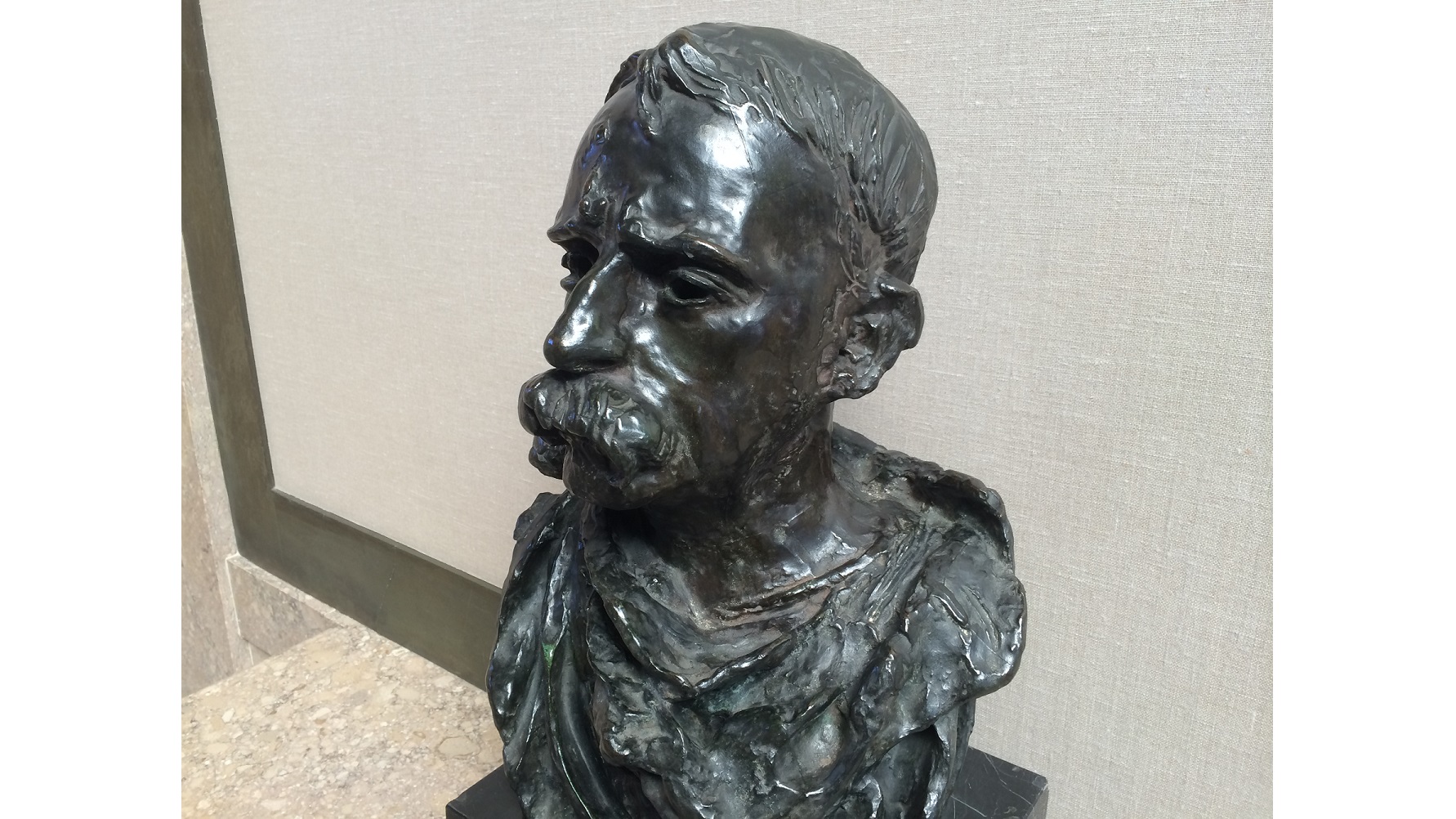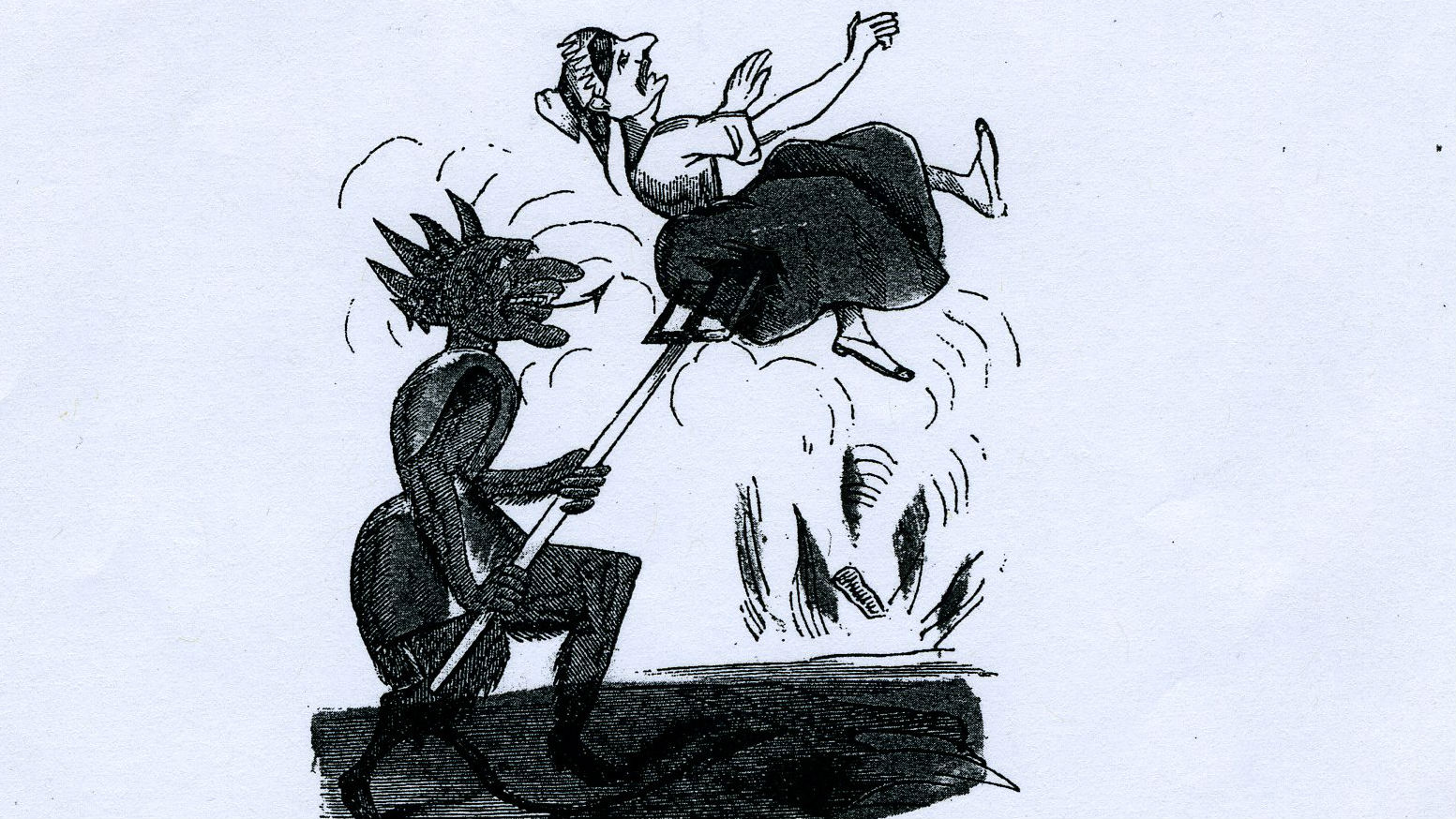Funny Valentine
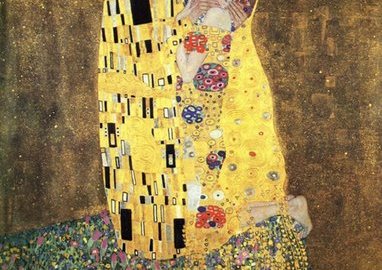
OK, gents, The Art Love Doctor is IN! You’re pressed for time and short on ideas for buying that perfect Valentine’s Day gift for your lady. Somewhere in the recesses of your mind, a slide from that art appreciation class you took as an elective in college rises before you—Gustav Klimt’s 1907-1908 painting The Kiss. Eureka! She loves art! You hustle down to the poster store and find a copy of The Kiss suitable for framing. Mission accomplished? WRONG!
First of all, Klimt’s The Kiss is one of the most overused Valentine’s Day ploys ever ployed, ranking right up there with those teddy bears wearing masks and a tiny “Gangster of Love” t-shirt. Second of all, stand back and take a good, long look at The Kiss for a moment. Are they really kissing? Nope, no liplock achieved. Actually, it looks like he’s trying to eat her face as she turns away. But perhaps I’m misreading the dynamic, you suggest? Look at their feet, specifically hers. She’s kneeling on a precipice, ready to take the plunge, and I don’t mean marriage. It’s as if he’s pushing her over the edge. He’s kissing her deadly, and that may not be the message you want to convey to your intended love. It’s a funny Valentine. “Funny, how?” you ask, hopefully not channeling Joe Pesci from Goodfellas. Funny in that she may laugh at how predictable you are and then funny in that she may wonder exactly what you’re saying.
When you look at The Kiss with fresh eyes, you still see an amazing painting, but you also see Klimt’s dark side—the one that Raul Ruiz emphasized in the 2006 film, Klimt, starring John Malkovich. The romance fades a bit when you recognize the influence of Klimt’s syphilitic fever brain. But if you still want to say it with Klimt, I have a much better suggestion—The Embrace (aka Fulfillment, 1905-1909).
In The Embrace, both members of the couple stand as equals. If anything, the woman supports the man with her strength. Also, the symbolism of Klimt’s decorative robes indicates an integration of souls that The Kiss does not. In The Kiss, the man’s robe of squared shapes stands in contrast to the woman’s robe of circular objects—and even threatens to engulf the woman’s form. In The Embrace, the squares and circles of the robes melt together, symbolizing the union of male and female, the marriage of true minds (Shakespeare, another can’t miss V-Day gambit). And, by the way, when you present your beloved with The Embrace, you can wow her with such sensitive details as coming from your own noggin. I won’t tell. Now, isn’t that better than giving her The Kiss and saying, “Here’s where he tries to push her off the cliff”?
So, get out there and go beyond the stereotype of the clueless male on Valentine’s Day. Please share your tales of success in the comments. If nothing else, it’ll validate my credentials as The Art Love Doctor…
